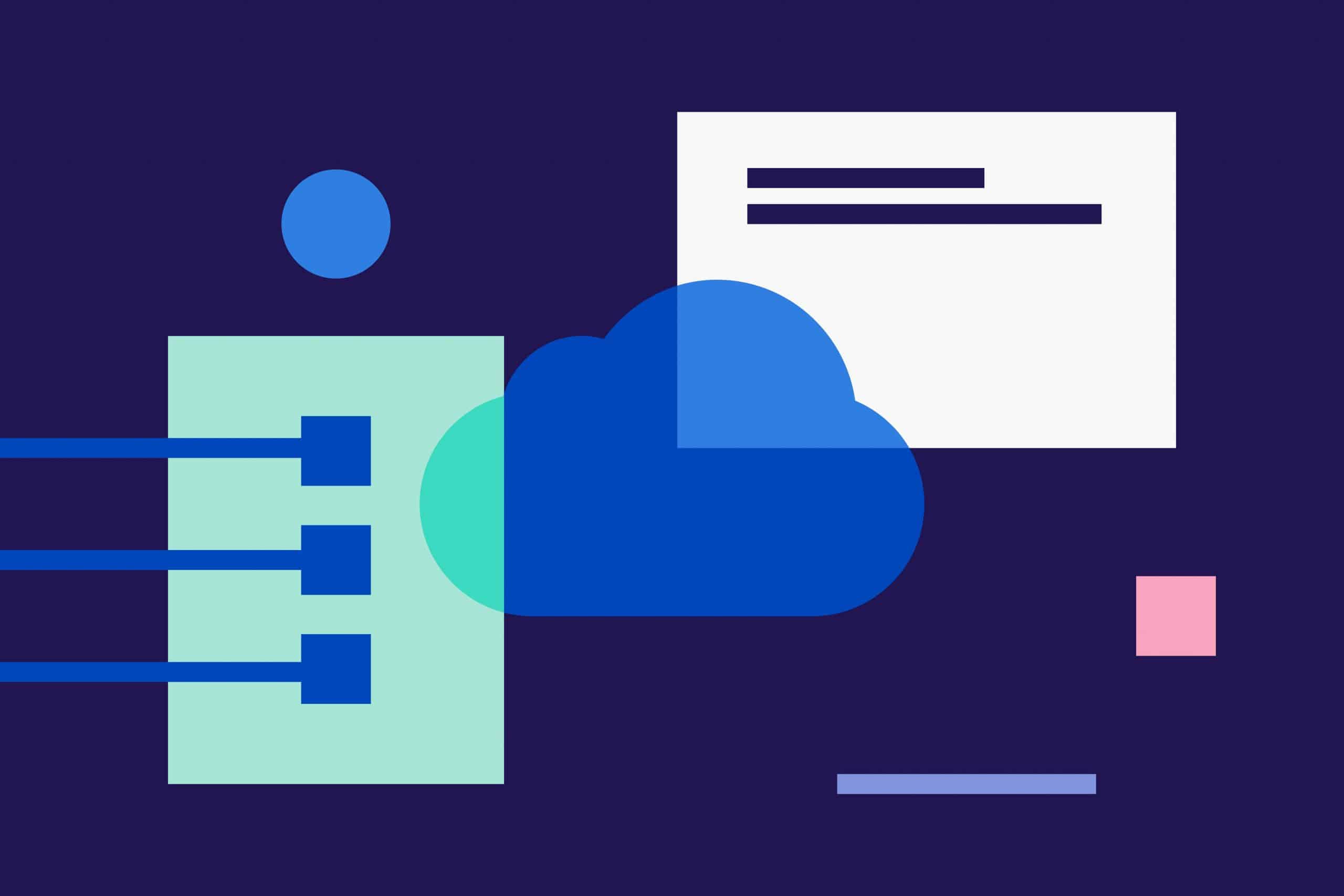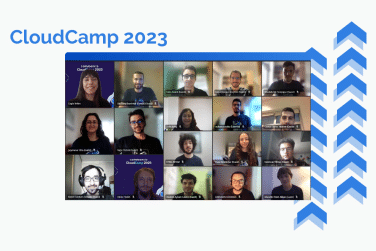Strategies for Secure Cloud-Native App Development
Strategies for Secure Cloud-Native App Development
As businesses continue to migrate their applications and workloads to the cloud, security remains a top concern for cloud-native application development. In this blog, we will discuss the concept of cloud-native applications and why security is crucial in this space. We will also delve into the challenges that come with securing cloud-native applications and strategies you can adopt to enhance your application’s security posture.
Understanding the Concept of Cloud-Native Applications
Cloud-native applications leverage the scalability and flexibility of cloud infrastructure. They are built using a microservices architecture, enabling modularity and scalability. Containerization technologies like Docker facilitate efficient deployment and management. These applications are designed to be resilient and fault-tolerant, resulting in high availability and reliability.
Embracing cloud-native applications leads to increased agility and faster time to market. With a focus on application security, threat detection, and real-time monitoring, cloud-native applications address potential vulnerabilities. Implementing OWASP best practices, applying security throughout the CI/CD pipeline, and adopting a zero-trust paradigm ensures robust security. Considering the distributed nature of cloud-native applications in multi-cloud environments, service meshes like Istio or Linkerd provide scalable and secure communication between nodes. Infrastructure-as-code (IaC) enables consistent and secure deployment of cloud-native applications.
The Rise of Cloud-Native Applications
Cloud-native applications have become increasingly popular due to their ability to leverage the scalability and cost-efficiency of cloud infrastructure and services. This has led many organizations to adopt cloud-native applications to modernize their existing systems. The rise of DevOps practices has also played a significant role in driving the adoption of cloud-native applications, as it enables organizations to develop and deploy software more rapidly and efficiently. Additionally, the growth of containerization technologies, such as Kubernetes, has accelerated the adoption of cloud-native applications by providing a scalable and portable platform for deploying and managing applications. As companies continue to migrate their legacy applications to the cloud, the demand for cloud-native capabilities will continue to grow.
Importance of Security in Cloud-Native Applications
To protect sensitive data and prevent unauthorized access, security is incredibly important in cloud-native applications. These applications face unique security challenges due to their distributed and dynamic nature. Vulnerabilities within these applications can expose organizations to various security threats, including malware and data breaches. To reduce these risks, it is necessary to ensure that cloud-native applications are properly configured and monitored.
Automation is crucial in maintaining the security of these applications as it allows for real-time threat detection, incident response, and remediation. By incorporating security measures throughout the entire development lifecycle, such as integrating application security into the CI/CD pipeline and following OWASP best practices, organizations can establish a strong security framework in their cloud-native environments.
Challenges in Securing Cloud-Native Applications
Cloud-native applications present unique security challenges that organizations must address. One of these challenges is ensuring the security of containerized workloads and managing secrets. With the dynamic nature of cloud-native environments, maintaining visibility and control over security configurations becomes difficult. Securing container orchestration platforms, such as Kubernetes, requires specialized knowledge and expertise. Additionally, since cloud-native applications often incorporate open-source components, there is a risk of exposing vulnerabilities.
To implement a comprehensive security solution for cloud-native applications, collaboration between development and security teams is crucial. By addressing these challenges, organizations can enhance the application security of their cloud-native environments and protect against potential threats.
Strategies to Enhance Cloud-Native Application Security
To enhance the security of cloud-native applications, it is important to adopt a shift-left security approach, integrating security considerations into the software development lifecycle from the early stages. Implementing automated testing, including static code analysis and vulnerability scanning, assists in identifying security issues early on.
Utilizing code analysis tools helps detect common security vulnerabilities like SQL injection and cross-site scripting. Following best practices for infrastructure as code (IaC) ensures the security of cloud-native architecture. Additionally, employing a zero-trust security model enforces strict access control and authentication, safeguarding cloud-native applications. By implementing these strategies, organizations can bolster the security of their cloud-native applications in multi-cloud environments and ensure protection against potential threats.
Adopting a Shift Left Security Approach
Integrating security practices and considerations into the early stages of the software development process is known as shifting security left. This proactive approach allows for the identification and remediation of security vulnerabilities before they become more costly and time-consuming to fix. By involving security experts from the beginning, organizations can build secure applications from the ground up.
Enhancing continuous integration (CI) and continuous delivery (CD) pipelines with security checks, such as vulnerability scanning and code analysis, further strengthens the shift left security approach. This aligns with the principles of DevSecOps, emphasizing collaboration between development, operations, and security teams. Adopting a shift left security approach ensures that application security remains a top priority throughout the development lifecycle.
Implementing Automated Testing
Implementing automated testing is crucial for ensuring the security of cloud-native applications. By utilizing vulnerability scanning tools, organizations can automatically scan code or containers in real-time to detect known security threats. Automated testing can seamlessly integrate into the continuous integration and continuous delivery (CI/CD) pipeline, allowing for consistent security checks throughout the development process. This approach provides reliable and accurate results, minimizing the risk of human error and ensuring comprehensive security assessments.
Moreover, automated testing enables organizations to identify and address security issues early on, mitigating potential vulnerabilities before deployment. By incorporating automated testing into their development practices, organizations can enhance application security and safeguard against potential threats.
The Role of Code Analysis
Code analysis tools play a critical role in ensuring the security of cloud-native applications. These tools help in identifying security vulnerabilities and coding errors within the application’s source code. With the help of static code analysis, developers can scan the source code for common security flaws and adherence to coding standards. By performing code analysis, organizations can detect issues such as insecure coding practices, potential backdoors, and software misconfigurations. This allows them to identify and remediate security risks before deploying cloud-native applications.
Continuous code analysis ensures ongoing security throughout the development lifecycle, helping organizations maintain a secure codebase. Implementing code analysis as part of the CI/CD pipeline enhances application security and reduces the likelihood of security breaches.
Key Takeaways
Developing secure cloud-native applications is essential to protect your data and ensure the reliability of your systems. With the rise of cloud-native applications, it is crucial to address the challenges and implement effective security strategies. By adopting a shift-left security approach, implementing automated testing, and leveraging code analysis, you can enhance the security of your applications.
Commencis is an AWS Advanced Consulting Partner that helps organizations develop Cloud Native Applications. Commencis has a deep understanding of the approach and can help organizations apply it in a way that meets their specific needs. Contact our cloud experts to enable cloud workload efficiency in your business.
Reading Time: 5 minutes
Don’t miss out the latestCommencis Thoughts and News.




